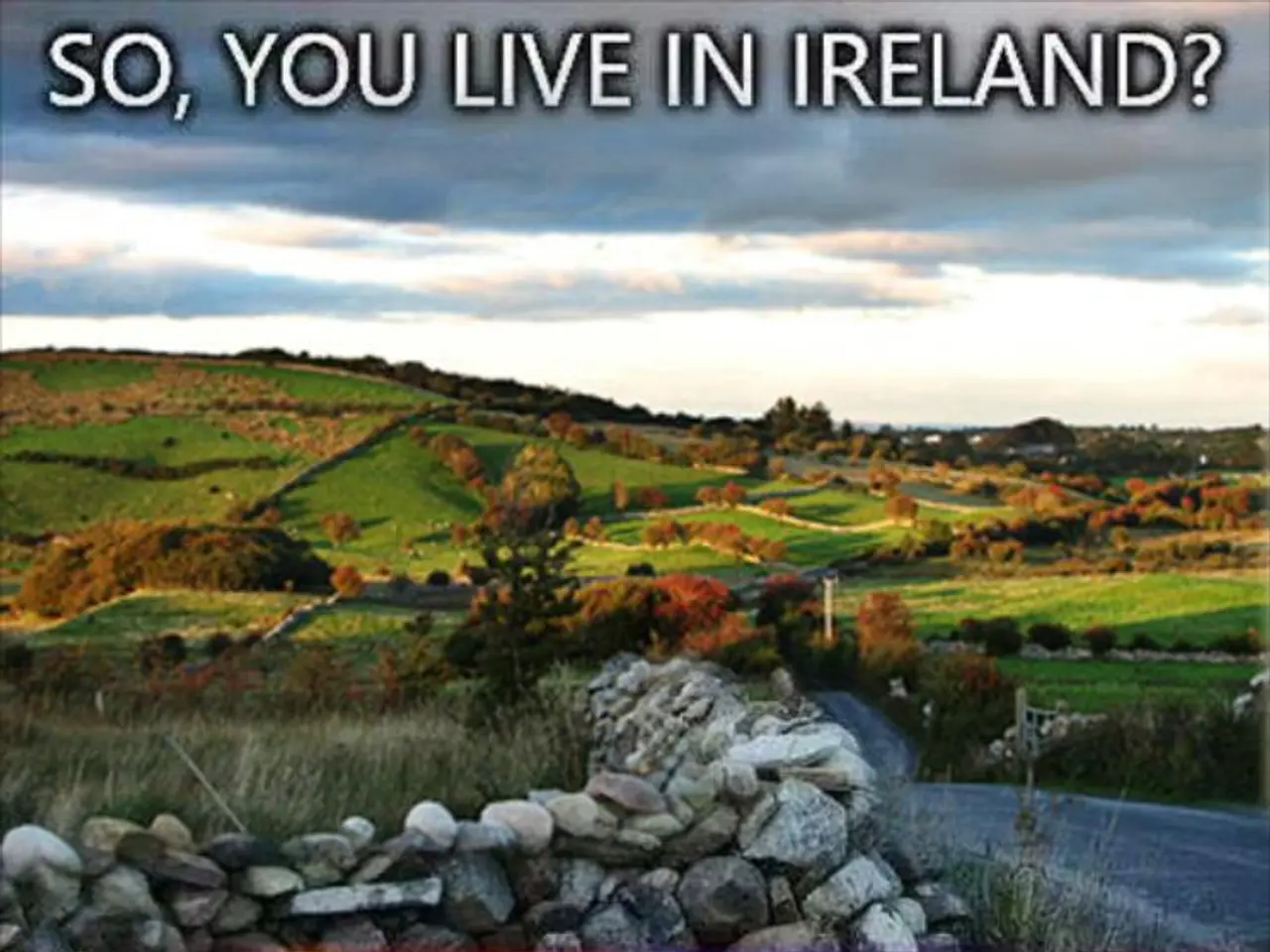SoCal fire subsides, but sweltering heatwave persists
In the heart of California, the Canyon Fire continues to pose a significant challenge to firefighters, having already burned approximately 5,370 acres and remaining 28-25% contained as of August 8, 2025. The blaze, which started on August 7 near Holser Canyon Road, northeast of Piru, has threatened over 5,000 homes and led to evacuations of around 5,000 residents, with warnings for an additional 11,000.
The firefighting efforts are being bolstered by a team of about 45 engines, 7 helicopters, 3 dozers, and over 400 firefighters. The Federal Emergency Management Agency (FEMA) has approved a Fire Management Assistance Grant to support these efforts, covering up to 75% of eligible costs.
Unfortunately, the region's current heatwave is proving to be a formidable obstacle in the quest to contain the Canyon Fire. The National Weather Service has reported poor air conditions due to the hot spell, and temperatures are expected to exceed 100 degrees in inland valley areas throughout the weekend. Any fire starts in interior areas could grow rapidly, as demonstrated by the Canyon Fire on Thursday.
In a recent incident, Battalion Chief James Agee of the Kern County Fire Department was seriously injured when his truck rolled over in the Romero Canyon area in Castaic. Agee is currently in stable condition but still receiving treatment for his injuries. Our thoughts are with him and his family during this difficult time.
The cause of the Canyon fire is under investigation, but it's clear that climate change has significantly exacerbated wildfire conditions in California. Over the past three decades, the start of California's fire season has moved up by six weeks due to climate change, leading to increased temperatures, longer fire seasons, altered precipitation patterns, and more extreme weather events. These factors have contributed to larger and more intense fires, making them more challenging to control.
As the Canyon Fire continues to burn, the community remains vigilant. Jasmine Mendez, a local resident, is following the current news closely. A heat advisory will lift by 8 p.m. Monday in Inland Empire communities, offering some relief from the sweltering heat. Let's hope that this respite will aid firefighters in their mission to contain the Canyon Fire and bring much-needed peace to the affected communities.
[1] California Department of Forestry and Fire Protection (CAL FIRE). (2025). Canyon Fire Incident Information. Retrieved from https://www.fire.ca.gov/incidents/2025/8/7/canyon-fire
[2] National Interagency Fire Center. (2025). Canyon Fire Incident Information. Retrieved from https://www.nifc.gov/fireInfo/detail?fireId=8716
[4] Federal Emergency Management Agency (FEMA). (2025). Fire Management Assistance Grant approved for the Canyon Fire in California. Retrieved from https://www.fema.gov/press-release/20250807/fire-management-assistance-grant-approved-canyon-fire-california
[5] National Oceanic and Atmospheric Administration (NOAA). (2025). Climate Change and Wildfires in California. Retrieved from https://www.noaa.gov/features/wildfires-california
- The Canyon Fire, currently burning in California, has reignited concerns about climate change's impact on environmental science, particularly in the field of general news.
- As the Canyon Fire rages on, Los Angeles residents like Jasmine Mendez are keeping a close eye on climate-change news and weather forecasting, hoping for a respite from the heat.
- The environmental-science community has been abuzz with discussions on climate change, pointing to the increased intensity and frequency of wildfires like the Canyon Fire as a prime example.
- Science has shown that climate change has accelerated California wildfire conditions, with fires starting six weeks earlier than they used to and lasting longer, thanks to increased temperatures, altered precipitation patterns, and extreme weather events.
- Reporters covering the Canyon Fire incident have been keeping tabs on the climate-change aspect, discussing its role in contributing to the fires' size and uncontrollability.
- In the aftermath of the Canyon Fire, accidents like Battalion Chief James Agee's truck rollover serve as a stark reminder of the dangers that climate change poses for not only environmental-science professionals but also sports players, who require good weather conditions to compete.






